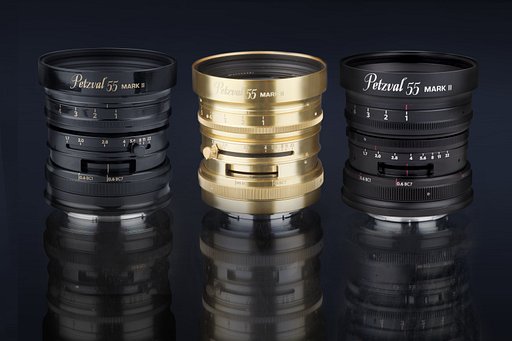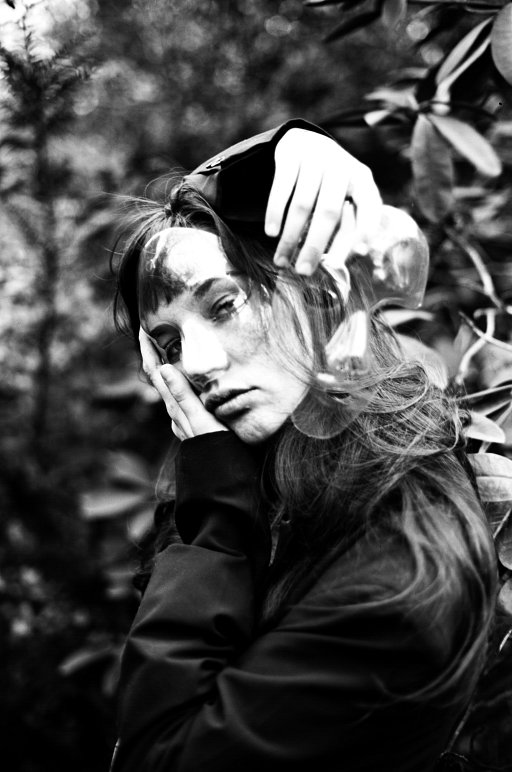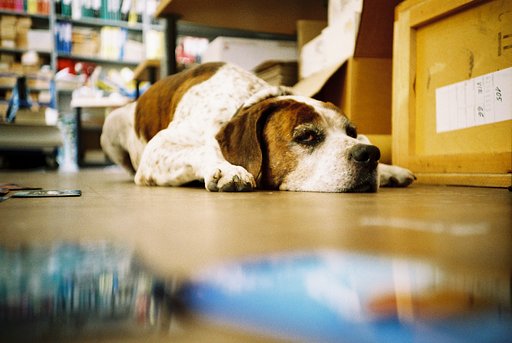Cinematic Frames — an Interview with Glashier
3 31 Share TweetThe grind is something that a lot of people wish to embrace but only a few ever really understand. Instead of letting it dull him and his senses, Glashier used it to drive forward and create a style that's completely his own. In this interview, he talks about his views on film photography, why he chose to pursue it, and his cinematic approach to creating images.
Hello, Glashier and welcome to the Magazine! What do you do and when did you get started on your photographic journey?
I’m a music video director and photographer. I started making music videos about ten years ago and photography came through my need to understand more about the camera and see what I could do with it.
How would you define photography? What's your favorite thing about it?
It’s about capturing a moment for me, which I don’t feel I really ever get unless it’s street photography. Last year, I shot a book (Benidorm age 7) which I spent three days shooting with a cheap point-and-shoot camera loaded with Kodak Gold. I never looked through the lens. I shot from the hip to get the view of my 7-year-old self. I like the energy, learning about human nature, body language — when you spot a movement in that environment, would it be an embrace or a punch? I like how it sharpens the eye and how I had to reject lots of nice photos and stick to some rules.
Photography has come a long way — the tech advancements in cameras, lenses, and other photo gear reflect that. Why do you choose to stick with analogue photography?
First thing I really shot was live gigs on digital. I think digital has its uses but I don’t want to trawl through thousands of images nor does the subject want to be shot like you have a machine gun. I think everyone is a photographer now, which is great, and some people that are not “photographers” take some of the best images with all kinds of equipment. It’s democratic.
The difference is when someone pays you to do it. You have to have skills and real photography is about film — about a moment that you have to trust you have it and the client has to be with you and support that. The reward for that is something you created together. The lack of immediacy and relying on skill and instinct is also important.
We've come to learn that you were a filmmaker first and then became an analogue photographer. What made you decide to pursue film photography?
I felt a bit lied to by DOP’s on film shoots and wanted more input, so I figured I had to learn. The switch to analog was something I did with photographer Nima Elm, we were both shooting digital at the time. I think having each other created an environment which could be supportive and some skill sharing. But I think it made it impossible for us to give in and go back to digital, like some weird pact we had made, but we are incredibly brutal with each other’s work, which maybe keeps some form of quality control over it. If it’s shit, we'll say so. Also, I threw my digital camera in the sea, so that helped.
Would you say that your filmmaking influences have also affected your style as a photographer? How?
I think there is something cinematic in it or that’s what I’m told. I sort of get it. I try not to really think, everything is defined by the light. That’s all I’m really looking for: little pools of light, some shapes, and then the subject usually has fag in that light and I take a photo. No more than three shots
We love your series “Films I Never Made.” The photos you've taken are just so stylistically diverse that it's difficult to pick one as our favorite. What's the story behind that project?
This is born out of people saying that the work was cinematic, talking about the images as if they were from films. I like the idea they are from scenes in a movie, but isolated, so they have no context. I think these are the things I’m attracted to. I don’t think I’m that interested in images where people look into the camera. Maybe that’s the cinematic thing. I don’t want them to look good or pretty. I want the light in the right place. I don’t care who that person is, really. They are just in my photo, like the light, they are a part of it, and I’m not selling them.
Later I went on to shoot “Pretty Youth” which failsat leaving the space for the viewer to create their own narrative. It’s almost anti-art but only by doing it could I work that out. On film, they are expensive lessons.
When you compose your images, what is the first thing that comes to your mind? How do you know that it's time to hit the shutter?
I don’t know it’s happened already. I’m catching up with what is going on, it’s instinct. The first thing that would come to mind would be “That’s good, got it.”
What's your favorite subject to photograph? Why?
Only people, can’t find a way into anything else. I try now and then to do a landscape or nice shapes and light, and I just think, “Yeah great. It’d be a good photo if someone was in it.’

In your opinion, which is more important — talent or skill?
Luck and you learn to make your own. Talent and skill will get you so far and depends on what you want, skill will bring you money. Talent will get you work for a while. You have to choose how far you want to go with it — is it art or commerce? I do what I do for me and live in Europe so luck is most important to get a break in the clouds.
What does a perfect day look like for Glashier?
Hanging out at a lake in Berlin, shooting and having no phone signal.
Any upcoming projects or series you'd like to talk about? Please share them with our readers.
I’ve just finished a project shot in Spain — a religious festival in the town of El Rocio. It’s hundreds of years old, covered wagons pulled by oxen, everyone on horses and immaculately dressed. It was a 3-day pilgrimage walking around in two feet of sand, shooting on a Mamiya RZ67 in the heat. It was really hard work, but the reward was a beautiful set of images. It was like an expensive fashion shoot but it’s actually street photography.
Lastly, what advice would you give to aspiring film photographers who are still trying to find their voice and style?
It’s all about shooting and staying away from looking at the work of photographers. Maybe look at art, movies, read books. Instagram isn’t gonna help. There are no comparisons, just you. It’s fuckin painful, full of self-doubt and nearly impossible, you will hate your work at times. And don’t follow what people respond to. Stick to your own path. “Likes” mean nothing and in 20 years, you don’t want to look back at your work and not see yourself in it. Be unique.
We would like to express our gratitude to GLASHIER for letting us feature his images in the Magazine. All images featured in this interview are the property of the artist. If you're interested in his work, head over to his website and follow him on Instagram.
escrito por cheeo el 2018-11-05 #cultura #gente #interview #analogue #artist #feature #film-photography #glashier































3 Comentarios